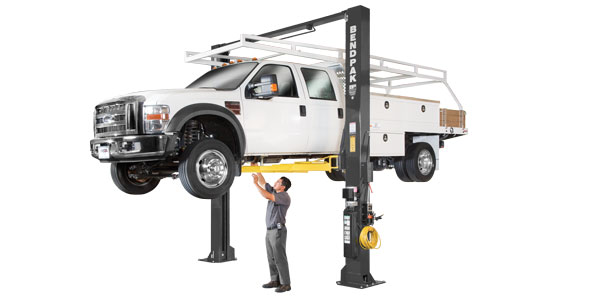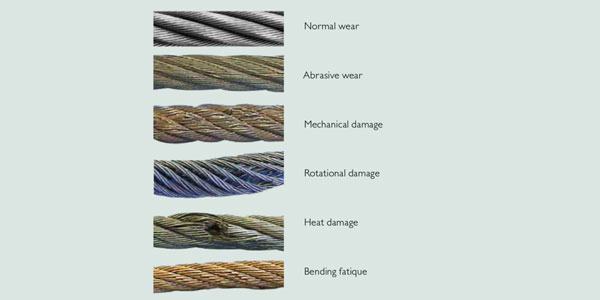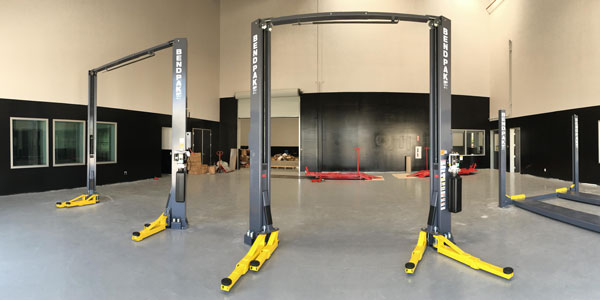With the onset of cold weather, it is even more important to protect starters and alternators. The Technology and Maintenance Council has provided the following advice for fleets:
Impact on starters from jump starts:
Repeated attempts to start a vehicle using batteries with a low state-of-charge can damage a starter motor. Insufficient voltage and current at the solenoid terminals [switch (50) or S-terminal and the switch (30) or battery post] also can cause starter damage or failure. Prolonged and/or continuous cranking at low levels can cause slow cranking that generates heat and damages internal components. As a rule of thumb, no starter should be cranked for more than 30 seconds, and the operator should wait at least two minutes before attempting another crank. Jump starting at voltage levels higher than the system voltage of the vehicle being started also can cause issues. Increased voltage will result in increased armature acceleration, excessive torque on the ring gear and pinion and other damage. This also can cause thermal loading of the current carrying components of the starter.
Impact on alternators from jump starts:
The alternator’s design makes it fairly impervious to negative effects from jump starting. However, the alternator can sustain instant damage if the polarity of the clamp connections is mistakenly reversed. The diode trio and the diodes in the bridge are not designed to handle voltage and current delivered in the reverse direction. The alternator’s output terminal and ground are not good connection points for clamps when jump starting a vehicle. Although these cables typically go directly to the starter, the circuits are designed to handle lower charging current levels, not high cranking current levels. This increased current load can cause excessive voltage drop (reduced cranking speed), or if the circuit is fused, could trip the fuse, resulting in an open circuit. As a result, the batteries could not be charged.
Training for vehicles equipped with gear-reduction starter motors:
In the past, drivers started a vehicle by turning a key, which activated a small relay; this, providing power to the starter solenoid. However, starting sequences on today’s trucks are more complicated so fleets must educate drivers to re-think the starting process to avoid costly damage and breakdowns.




